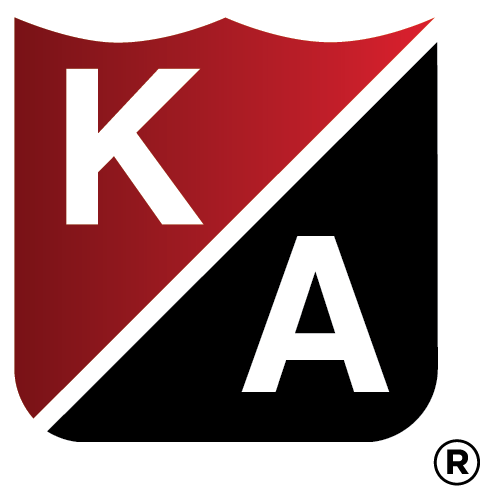Cardiopulmonary resuscitation (CPR) dates its origins back to in 1530s with the Bellows Method. An unresponsive victim would have hot air pumped into their lungs through a fireplace bellow. It was first used by Swiss physician Paracelsus and used throughout Europe for about 300 years. Throughout the 1700 and 1800s various other methods of resuscitation were tried included the inversion method (hanging one upside down by their feet and raising them up and down); the barrel method (rolling the person over a barrel to cause chest compression); the Russian method (burying the person in snow); and the trotting horse method (laying the person over the back of a horse while trotting which caused chest compression).
Our more modern methods of CPR begin in the early 1900s. in 1924 the American Heart Association was founded when six doctors met in Chicago to create a professional society for doctors. In 1947 in Cleveland, the first successful use of an electric defibrillator was used on a human heart. Dr. James Elam and Dr. Peter Safar proved that mouth-to-mouth resuscitation is an effective lifesaving method, and they played leading roles in promoting rescue breathing to professional healthcare providers as well as the public in 1956. By 1960, chest compressions were added to mouth-to-mouth resuscitation to create CPR. The American Heart Association then began training physicians and health care workers on the practice and a life-sized training manikin called Resusci Anne is created to help with training.
Obviously there have been some changes to CPR over the years including in the 1990s when public access to defibrillation programs were created to provide training and resources, including AEDs, so that they could help resuscitate victims of cardiac arrest. In 2008, the American Heart Association created hands-only CPR so bystanders could forego the mouth-to-mouth breathing and focus on high quality chest compressions.
What does this mean for you and your employees? OSHA standard 1910.151 Subpart K states “in the absence of an infirmary, clinic, or hospital in near proximity to the workplace which is used for the treatment of all injured employees, a person or persons shall be adequately trained to render first aid.” According to OSHA’s letters of interpretations, OSHA has long interpreted the term “near proximity” to mean that emergency care must be available within no more than 3-4 minutes from the workplace, an interpretation that has been upheld by the Occupational Safety and Health Review Commission and by federal courts.
In general, OSHA recommends that CPR training be a general program element of a first aid program. It should be noted that some OSHA standards, for example, logging operations (29 CFR 1910.266), permit-required confined spaces (29 CFR 1910.146), and electric power generation, transmission, and distribution (29 CFR 1910.269), have specific requirements that employees be trained in first aid and CPR. If an employer is covered by one of these specific standards, CPR training is required.
Having employees trained in CPR is always a good idea to ensure anyone needing emergency medical attention can be assisted immediately. According to medical research, serious injuries include breathing stoppage, cardiac arrest, and uncontrolled bleeding. In these cases, first aid treatment must be provided within the first few minutes to avoid permanent medical impairment or death. Workplaces with the potential for serious accidents such as those involving falls, suffocation, electrocution, or amputation must have emergency medical services available within 3-4 minutes. This is why having some employees trained in CPR and first aid can be a great benefit. This is especially true for those workplaces that run multiple shifts when there may be fewer employees available to help during smaller shifts or at night.
We are now offering CPR/AED/1st Aid training through the American Heart Association. Classes are scheduled now for this spring and will include a two-year certification in AHA’s Heartsaver course. Please contact Kraus-Anderson Insurance for more details.



